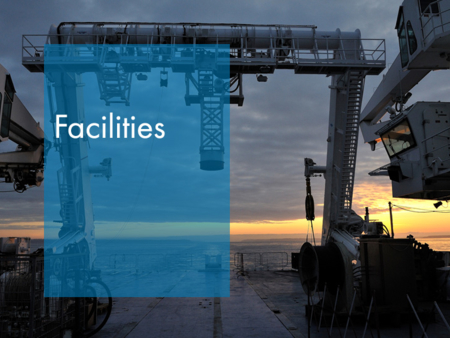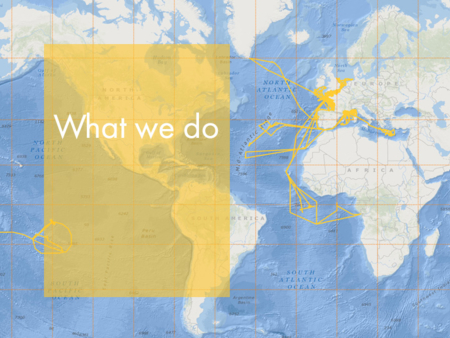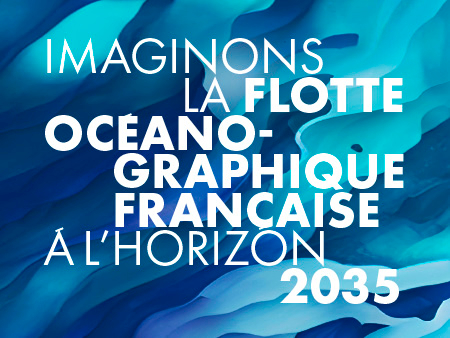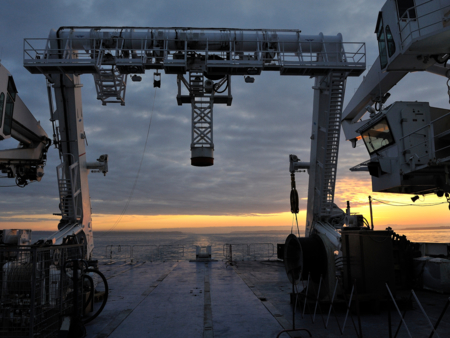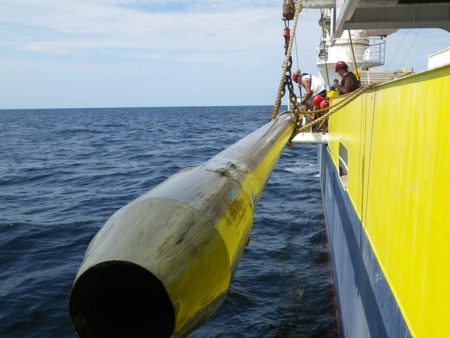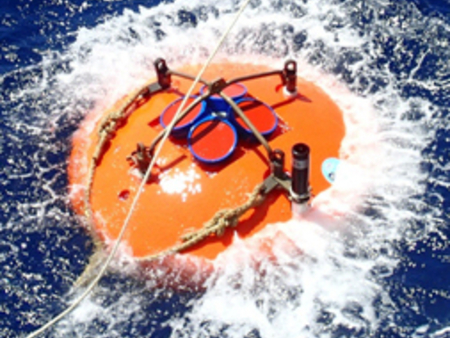Facilities
The French Oceanographic Fleet comprises a variety of research ships, underwater devices and manned and autonomous submersibles which provide access to all the world’s oceans and seas, excluding polar regions. These include the following:
- Six ships which are either deep-sea vessels or positioned overseas (Marion Dufresne, Pourquoi Pas?, L’Atalante, Thalassa, Antea, Alis) and capable of undertaking oceanographic cruises in all oceans (excluding polar regions). Ranging from 30 m to 120 m in length, they have the capacity to:
- carry out bathymetric surveys of the seabed,
- deploy deep-water submersible systems in order to collect samples, anchor devices and carry out sampling in water columns,
- record underway measurements (atmosphere, currents, etc.), and
- carry out core sampling of sediment (Marion Dufresne holds the world record).
- Five coastal ships (L’Europe, Thalia, Côtes de la Manche, Tethys II and Haliotis) deployed in the Channel, Atlantic and the Mediterranean for numerous and varied scientific cruises, with the capacity to provide a seamless service from coastal to offshore waters.
- Seven research station ships, with a mission range of up to three days for the newest, posted along the coasts of mainland France. These are Antedon II (Marseilles), Sepia II (Wimereux), Nereis (Port-Vendres), Neomysis (Roscoff), Albert Lucas (Brest), Planula IV (Arcachon) and Sagitta III (Nice).
- Deep-water submersible vehicles – the only ones of their kind in Europe – such as the Nautile submarine and the remotely controlled Victor 6000 robot capable of working to a depth of 6,000 metres.
- Underwater devices for seismic measurements and sampling.
- Echo sounders, etc.
